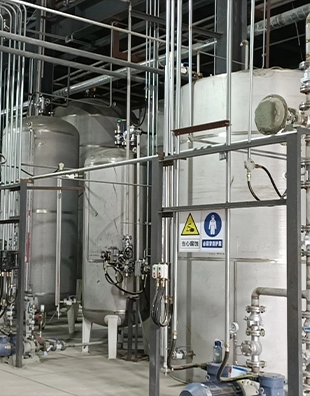flocculation in water purification
Flocculation in Water Purification An Essential Process for Clean Water
Water is an essential resource for life, yet millions of people around the world lack access to clean drinking water. One of the most effective methods to purify water and make it safe for consumption is flocculation. This process plays a crucial role in water treatment plants, assisting in the removal of impurities, sediments, and harmful microorganisms. Understanding flocculation not only highlights its importance in water purification but also emphasizes the ongoing need for innovative solutions to address global water quality issues.
Flocculation is a chemical process that transforms fine particles suspended in water into larger aggregates known as flocs. These flocs can then be more easily removed through sedimentation and filtration. The process begins with the addition of flocculants, which are substances that promote the clumping of particles. Common flocculants include aluminum sulfate, iron(III) chloride, and various synthetic polymers. These compounds work by neutralizing the charges on suspended particles, allowing them to adhere to one another as well as to other materials in the water.
Flocculation in Water Purification An Essential Process for Clean Water
After sedimentation, the settled floc is removed, leaving clearer water above. However, this water still requires filtration to remove any remaining smaller particles and microorganisms. Filters, often made of sand, gravel, or activated carbon, are used to capture these impurities, resulting in water that is not only visually clearer but also significantly safer for consumption.
flocculation in water purification

Flocculation is particularly valuable in the treatment of surface waters, which often contain a higher concentration of organic materials and microorganisms than groundwater. In addition to reducing turbidity and color, flocculation effectively removes pathogens and harmful substances, such as heavy metals and organic pollutants. By employing this method, water treatment facilities can produce safe, potable water that meets health regulations.
The effectiveness of flocculation can be influenced by a variety of factors, including pH levels, the type and dosage of flocculant used, temperature, and the nature of the suspended particles. Each water source is unique, and optimizing these conditions is essential to achieve the desired quality of treated water. As such, water treatment facilities must continually monitor and adjust their processes to ensure maximum efficiency and safety.
Moreover, advances in technology are reshaping the landscape of water purification and flocculation. Emerging eco-friendly alternatives to traditional flocculants are being researched, with a focus on natural, biodegradable substances that can reduce environmental impact. Additionally, innovations in real-time monitoring systems for water quality allow treatment facilities to adapt more swiftly to changing conditions, ensuring cleaner water is processed at all times.
In conclusion, flocculation is a fundamental process in water purification that plays a vital role in ensuring access to safe drinking water. By effectively removing impurities and harmful substances, flocculation not only enhances water quality but also protects public health. As global water challenges continue to rise, the importance of efficient flocculation processes and ongoing technological advancements becomes even more critical. Clean water is a right, and flocculation is a key step towards achieving that goal for communities around the world.
-
Water Treatment with Flocculant Water TreatmentNewsJun.12,2025
-
Polymaleic AnhydrideNewsJun.12,2025
-
Polyaspartic AcidNewsJun.12,2025
-
Enhance Industrial Processes with IsothiazolinonesNewsJun.12,2025
-
Enhance Industrial Processes with PBTCA SolutionsNewsJun.12,2025
-
Dodecyldimethylbenzylammonium Chloride SolutionsNewsJun.12,2025





